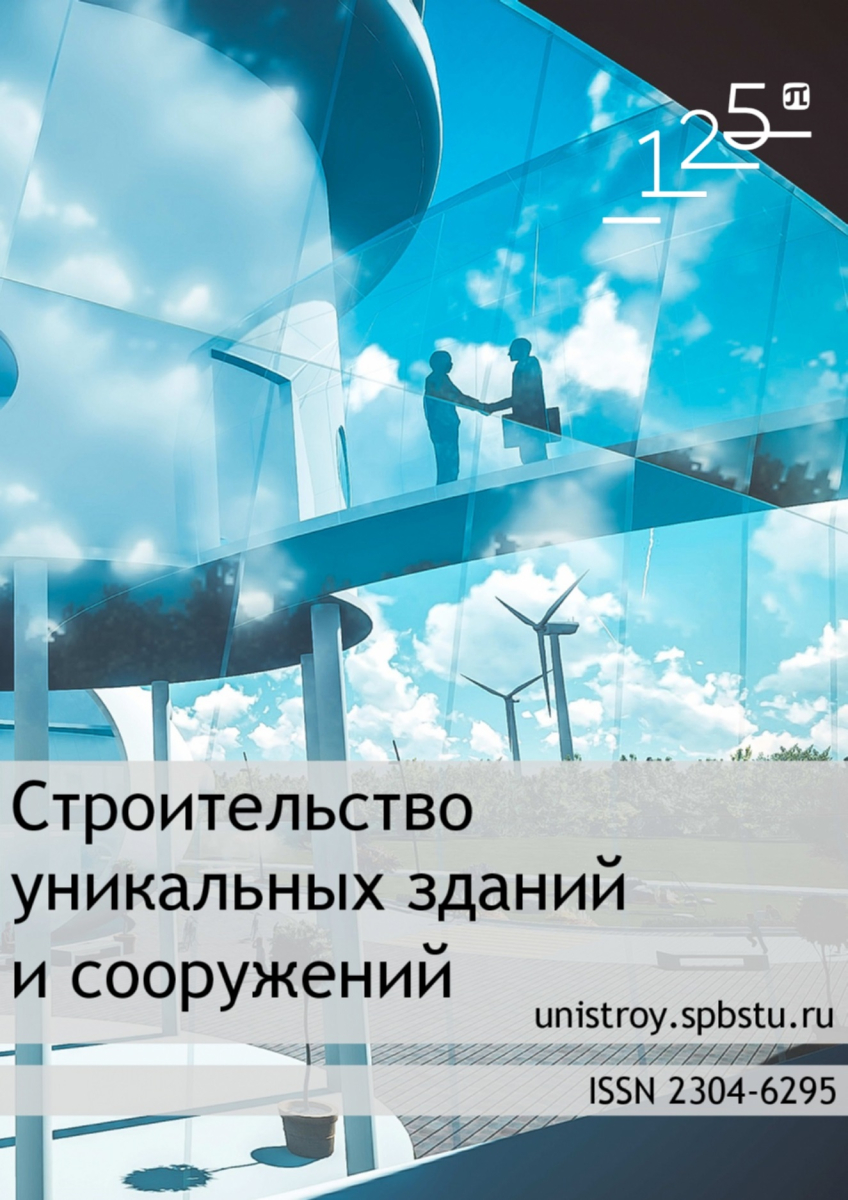Optical Remote Sensing for Urban Heat Islands Identification
The relevance of the problem of studying the mechanisms of urban heat island (UHI) formation is confirmed by a large number of studies around the world. The research demonstrates the identification of UHI by remote sensing (RS) method. The object of research is city of Volgograd (48°42′42″, 44°30′50″); a metropolis located in the southeast of the European part of Russia. Volgograd is a linear city located along the Volga 65–70 km long and about 5 km wide. The climate is temperate continental, arid (according to the International climate classification Köppen — type «Dfa»). Analysis of climate data highlights the need to study UHI during the summer period. Data from the Landsat 8 satellite was used to measure the temperature of the land cover (LC). Satellite images were purchased for various calendar dates: 28.07.2015, 05.08.2018 and 06.08.2021 (about 10 a.m.). The land surface temperature (LST) was calculated in various territorial zones of the city: residential and public-business (mid-rise and multi-storey buildings), residential low-rise buildings, industrial, recreational. Analysis of thermal images is performed by the method of cross-sections. A relative temperature index is proposed, on the basis of which gradations of UHI intensity and ecological qualities of urban environment (UE) are established. According to the results of statistical processing, it was found that the experimental data of satellite thermal images are generally adequate and the conclusions obtained from the results of a small sample can be extended with a probability of 0.95 to the entire hypothetical population. The UHI was identified (with temperature difference about 8.5 K) for the study object. The LC emissivity has been shown to be crucial for determining of LST. The choice of effective building materials, structures and technologies, for example, white and green roofs, play an important role in reducing temperature and mitigation the UHI. The production area gives maximum thermal pollution. The increase in temperature in the mid-storey and multi-storey buildings is explained by the higher heat storage capacity of multi-storey buildings and adjacent areas. Verification of the obtained results demonstrated their consistency with the data available in the scientific literature that confirms the reliability of the present studies. The urbanization process increases the intensity of the UHI and reduces the ecological quality of the UE. UHI mitigation strategies should include a set of architectural, planning, structural and engineering measures. Further research will be devoted to mathematical modeling of simultaneous processes of transient heat and mass exchange of urban areas, taking into account various meteorological parameters (solar radiation, temperature, wind speed, etc.) to assess the UHI and its mitigation during the summer period.
.png)


